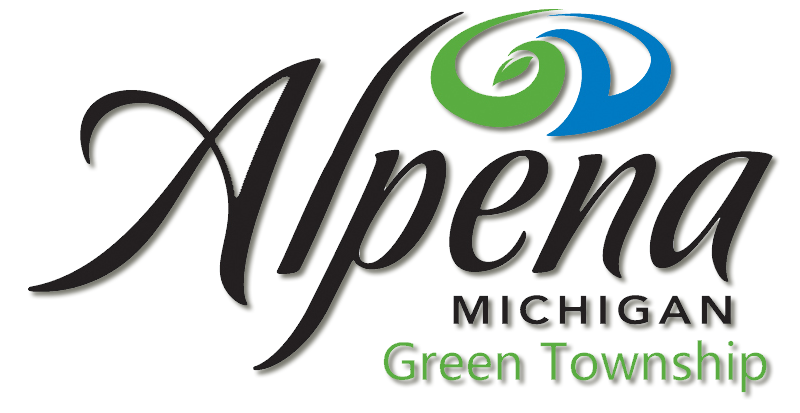Joint Master Plan 2021-2026
Master Plan is a document and policy guide designed to help communities create a vision of what they want to look like in the future. Master Plans help guide communities in their decisions on land use development and preservation. Master Plans are written and adopted by a local Planning Commission and might also be adopted by a local legislative body, although Master Plans are not laws on their own. Many Master Plans are written as one document but they can be and often are more effective when written as multiple documents. For example, a community may want to create a Waterfront Plan (link to Master Plan step-by-step guide) for part of their community and adopt it as part of the overall Master Plan.
In order to write a Master Plan, a community must first create a Planning Commission who will be the writers and primary caretakers of the Plan. The planning process begins with a study of existing conditions, including demographics, housing, transportation, economic trends, or other analyses. The public is then engaged to give input how they want the community to grow over the next 20 or more years. The Planning Commission then creates and maintains the Future Land Use Map from this Planning process, which will guide the Commission in its decisions on zoning and development going forward. What is a master plan? (planningmi.org)
The Master Plan provides a “blueprint” for future growth. This Master Plan translates the communities’ values and goals into a framework to guide decisions and development regarding growth, land use, public facilities, and services. It contains a long- range vision about how to retain economic health, conserve natural resources, meet the needs of residents and businesses, ensure an efficient transportation system, ensure compatible land uses, and promote public health, safety, and welfare.
This plan is prepared as authorized under the Michigan Planning Enabling Act (PA33 of 2008) and is used to satisfy the requirement of section 203(1) of the Michigan Zoning Enabling Act (PA110 of 2006), MCL 125.3203 for the jurisdictions of Alpena County, Green Township, Ossineke Township, and Wilson Township. This Plan also mentions the other jurisdictions within Alpena County: Alpena Charter Township, Long Rapids Township, Maple Ridge Township, Sanborn Township, the City of Alpena, and the Village of Hillman (which is partially in Alpena County). In addition to the joint Master Plan, these four
jurisdictions along with Alpena Township have developed a joint Recreation Plan.
This Master Plan serves as a policy document to guide public and private users, including community groups, developers, government officials, businesses, and residents, in their land use decisions regarding development, policies, capital improvements, and future growth. It needs to be periodically evaluated and as needed, updated to reflect significant changes, development trends, and the public’s desire to change. Updating this plan as things change or goals are accomplished should not be regarded as a weakness in this plan or planning effort. A Master Plan is a “living” document that needs to be used and
modified regularly.
RELATIONSHIP BETWEEN THE MASTER PLAN AND THE ZONING ORDINANCE
The Master Plan is a set of policies that represent a community’s future vision and has a certain degree of flexibility for review and adjustment should conditions change over time. It carries weight when applied to specific land use decisions, but it is not considered law. The long-range goals of the Master Plan form the basis of the zoning ordinance and zoning decisions. Zoning regulates the use of the land. A zoning ordinance controls how land is used and contains the rules that govern the path to the Master Plan’s vision (it is the law). State law requires a zoning ordinance be based on an adopted Master Plan. Zoning
decisions that are consistent with the Master Plan are more likely to be presumed valid if challenged in the courts
